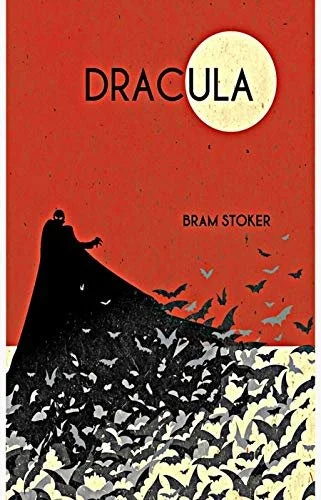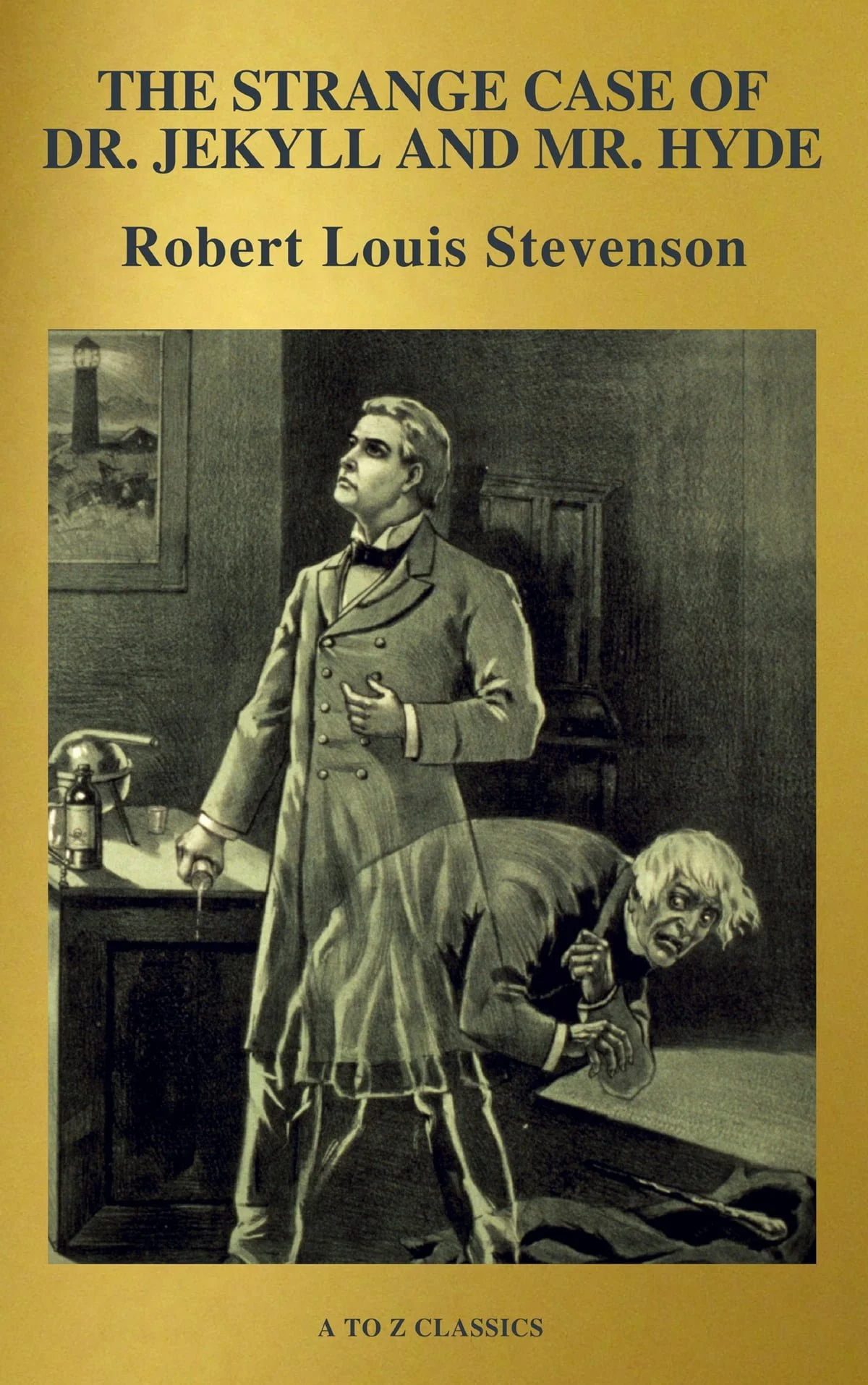British Literature
Pride and Prejudice
"Pride and Prejudice" by Jane Austen is a renowned novel set in 19th-century England. The story revolves around the spirited and intelligent Elizabeth Bennet, who comes from a modest family with five sisters. As the Bennet family's financial security depends on marrying well, Mrs. Bennet is eager to find suitable husbands for her daughters.
When the wealthy and aloof Mr. Darcy arrives in the neighbourhood, he and Elizabeth develop a complicated relationship marked by misunderstandings, societal expectations, and personal biases. Elizabeth's initial prejudice against Mr. Darcy is fuelled by his apparent arrogance, while he is challenged by her independent spirit and quick wit.
As the plot unfolds, Austen skilfully explores themes of love, social class, marriage, and personal growth. Through Elizabeth's journey, readers witness her evolving perception of others and herself, ultimately leading to a deeper understanding of human nature and the complexities of relationships.
Jane Eyre
"Jane Eyre" by Charlotte Brontë is a timeless classic in English literature. First published in 1847, this novel follows the gripping and emotional journey of its protagonist, Jane Eyre.
The story unfolds against the backdrop of the 19th-century Victorian England, where social norms and class distinctions are deeply ingrained. Jane Eyre, an orphaned and mistreated young girl, finds herself in a harsh and unforgiving world. However, she possesses a courageous spirit and an unwavering sense of self-worth.
As Jane grows into a young woman, she becomes a governess at Thornfield Hall, the enigmatic home of the brooding and mysterious Mr. Rochester. A complex and passionate love story develops between Jane and Mr. Rochester, but it is not without its obstacles and secrets.
"Jane Eyre" is not just a romance; it's a profound exploration of themes such as social injustice, feminism, morality, and the human capacity for resilience. Jane's journey is one of self-discovery and empowerment, as she defies societal expectations and fights for her own happiness and independence.
Emma
"Emma" is a novel written by Jane Austen, first published in 1815. Set in the fictional village of Highbury, the story revolves around the life and matchmaking escapades of the title character, Emma Woodhouse. Emma, a young and spirited woman of means, fancies herself as a matchmaker and enjoys meddling in the romantic affairs of her friends and acquaintances. However, her well-intentioned but often misguided attempts at matchmaking lead to a series of misunderstandings, humorous situations, and unexpected outcomes.
As Emma navigates her social circle and tries to pair up various couples, she remains oblivious to her own feelings and the true affections of those around her. Throughout the novel, Austen skilfully delves into the complexities of relationships, social hierarchy, and personal growth. The narrative explores themes of self-discovery, the consequences of meddling in others' lives, and the challenges of recognising one's own flaws and desires.
To the Lighthouse
"To the Lighthouse" by Virginia Woolf is a modernist novel that explores the complexities of human relationships, the passage of time, and the nature of art and perception. Set in early 20th-century England, the novel is divided into three sections.
The first section, "The Window," introduces us to the Ramsay family and their guests as they spend the summer at their house on the Isle of Skye. The narrative focuses on Mrs. Ramsay, her husband, Mr. Ramsay, and their children. Woolf delves into their thoughts and perceptions, capturing the fleeting nature of human experience.
The second section, "Time Passes," covers the passage of time during World War I, depicting the decay and transformation of the Ramsays' house and the impact of the war on their lives.
The final section, "The Lighthouse," takes place years later, as the Ramsay family returns to the island. They embark on a journey to the lighthouse, symbolising both a physical and metaphorical quest for understanding and connection.
Frankenstein
"Frankenstein" by Mary Shelley raises profound questions about science, creation, and the ethics of playing God, as the ambitious Victor Frankenstein brings to life a creature that ultimately leads to tragedy. The story follows Victor, a brilliant but tormented scientist who becomes obsessed with the idea of creating life.
Driven by his desire for knowledge and the ambition to unlock the secret of life, Victor successfully brings to life a creature assembled from various body parts. However, upon seeing the monstrous appearance of his creation, Victor is filled with horror and rejects the creature, abandoning it to navigate the world alone.
The novel delves into themes of responsibility, identity, and the pursuit of knowledge. The creature, rejected by society and longing for companionship, seeks revenge against its creator, leading to a tragic and complex conflict between creator and creation.
The novel has had a profound impact on literature and popular culture, influencing countless adaptations and spawning discussions about the ethics of science and the responsibilities of creators. "Frankenstein" remains a thought-provoking and timeless work that raises profound questions about the nature of humanity and the perils of unchecked ambition.
Dracula
"Dracula" by Bram Stoker is an iconic Gothic horror novel that introduced the character of Count Dracula and has left a lasting impact on literature.
The novel opens with the young English solicitor Jonathan Harker traveling to Transylvania to assist Count Dracula, a reclusive nobleman, with a real estate transaction in England. As Jonathan reaches the foreboding castle, he soon discovers that he is a prisoner, and the enigmatic Count is no ordinary man but a vampire with sinister intentions.
Back in England, strange occurrences begin to unfold as Count Dracula makes his way to London. The novel introduces a diverse cast of characters, including Professor Abraham Van Helsing, a Dutch doctor and vampire expert, and Lucy Westenra, a young woman who becomes the target of Dracula's dark desires.
As the narrative progresses, the group of protagonists unites to combat the malevolent influence of Dracula and protect their loved ones from his undead grasp. The story culminates in a gripping battle between good and evil as they attempt to destroy the ancient vampire and free their friend Mina Harker from his curse.
Atonement
“Atonement” by Ian McEwan was first published in 2001. Set against the backdrop of pre-World War II and wartime England, the story follows the lives of three central characters: Briony Tallis, her older sister Cecilia, and Robbie Turner, the son of the family's housekeeper.
Briony, a precocious and imaginative thirteen-year-old, misinterprets a series of events one fateful summer evening, leading her to make a false accusation against Robbie. This accusation sets off a chain of devastating consequences that alter the course of all their lives forever.
The novel explores the themes of guilt, atonement, love, and the power of storytelling. It examines the profound impact of a single lie on the lives of the characters, as they struggle to come to terms with the consequences of Briony's actions and their own personal choices.
As the narrative unfolds, McEwan masterfully weaves together intricate layers of emotions and perspectives, blurring the lines between truth and fiction. The novel also explores the complexities of memory and the malleability of truth, making readers question the reliability of the narrator.
The Strange Case of Dr. Jekyll and Mr. Hyde
"The Strange Case of Dr. Jekyll and Mr. Hyde" by Robert Louis Stevenson is a haunting novella set in 19th-century London. The narrative centres around Dr. Henry Jekyll, a well-respected and accomplished scientist with a curiosity for the duality of human nature. Through his experiments, he concocts a transformative potion that allows him to physically embody his darker side, giving birth to the malevolent Mr. Edward Hyde.
As the story unfolds, Dr. Jekyll's fascination with his dual identity leads to a dangerous unraveling of his morality and sanity. Mr. Hyde, his alter ego, represents all the repressed urges and wicked tendencies that reside within him. This creates a deeply unsettling exploration of the potential for evil that exists within every individual.
Stevenson's novella looks into themes of identity and morality. The chilling relationship between Dr. Jekyll and Mr. Hyde serves as a metaphor for the eternal struggle between good and evil in the human psyche. Through a gripping narrative of mystery and psychological horror, the story captivates readers with its examination of the thin boundary between civility and savagery, ultimately revealing the shocking and tragic consequences of tampering with one's own nature.
Our Mutual Friend
"Our Mutual Friend" is a classic novel written by Charles Dickens, set in Victorian London. The story weaves together the lives of various characters from different social classes, presenting a panoramic view of society's intricacies and disparities.
At the centre of the plot is the young and mysterious John Harmon, who stands to inherit a considerable fortune upon his father's death, provided he marries a woman he has never met. As Harmon's body is found in the Thames River, his inheritance becomes a contentious issue. The narrative follows the lives of characters affected by this event, including the Boffins, a humble couple who inherit Harmon's wealth, and Bella Wilfer, the woman destined to marry Harmon.
Dickens uses "Our Mutual Friend" to explore themes of social mobility, wealth, and human connections. The novel's intricate web of characters and their interconnected stories provide a rich overview of Victorian society, highlighting both its flaws and virtues. With his signature blend of satire, humour, and social commentary, Dickens creates a vivid depiction of a world where money, morality, and human relationships intersect in complex ways.








